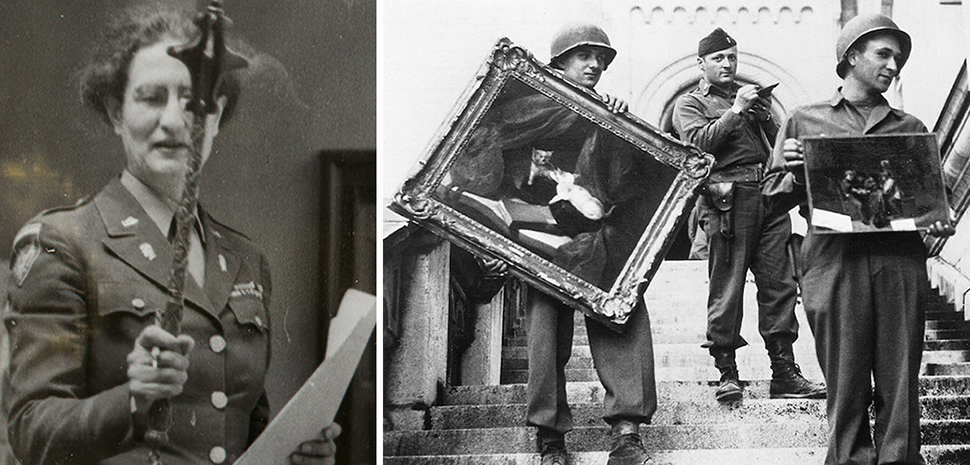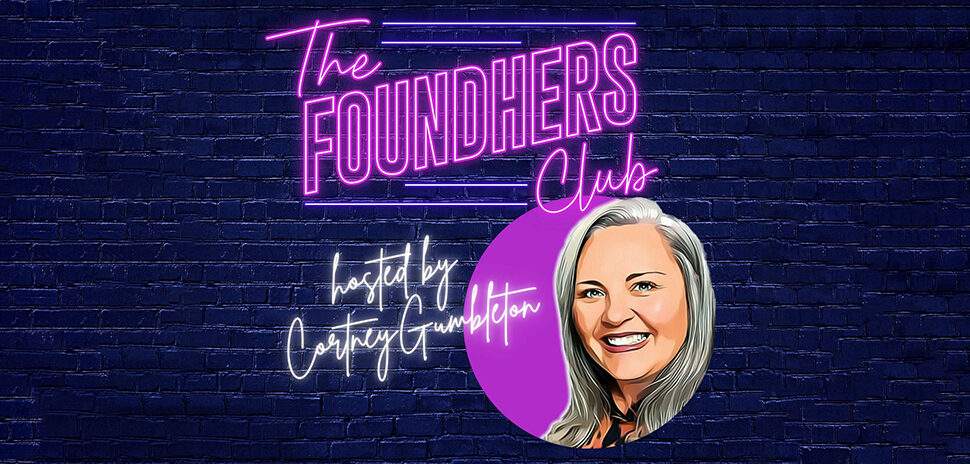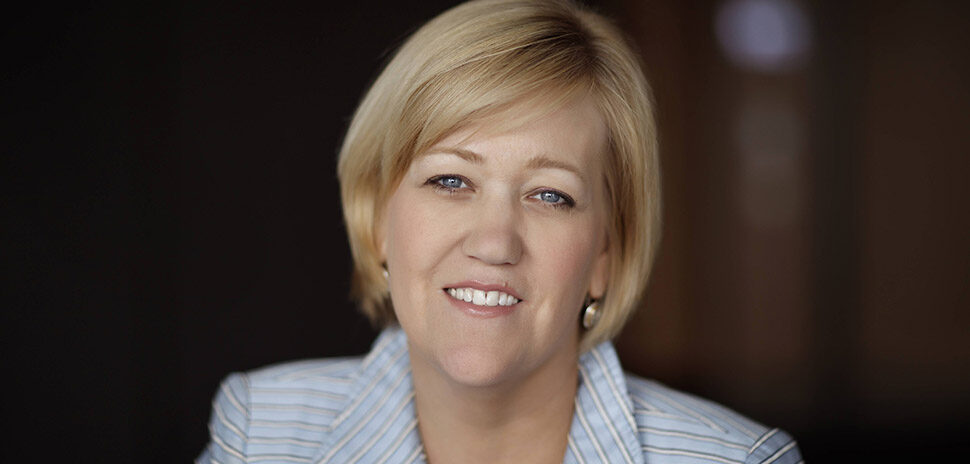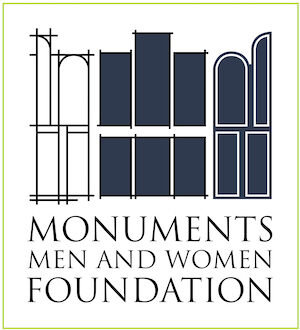 The Monuments Women are getting their due. Dallas author Robert M. Edsel made WWII art rescuers famous by writing about them in his 2009 book, “The Monuments Men: Allied Heroes, Nazi Thieves, and the Greatest Treasure Hunt in History.” The Dallas-based Monuments Men Foundation for the Preservation of Art has introduced those veterans from 14 nations to the world through books, documentaries, a feature film, and an investigative TV series.
The Monuments Women are getting their due. Dallas author Robert M. Edsel made WWII art rescuers famous by writing about them in his 2009 book, “The Monuments Men: Allied Heroes, Nazi Thieves, and the Greatest Treasure Hunt in History.” The Dallas-based Monuments Men Foundation for the Preservation of Art has introduced those veterans from 14 nations to the world through books, documentaries, a feature film, and an investigative TV series.
Today—on the 63rd anniversary of D-Day—the nonprofit changed its name to the Monuments Men and Women Foundation, acknowledging the 27 women members of the allied WWII art rescue team.
“The Monuments Women, 27 in all, made an important contribution to the post-war restitution of almost 4 million stolen cultural objects,” Foundation President Anna Bottinelli said in a statement. “Today, women are an integral part of the US Army’s newly reconstituted cultural preservation force. Women constitute a majority of our Monuments Men and Women Foundation team. It is right and appropriate that we recognize those contributions by name.”
Gallery to be dedicated at National WWII Museum next year
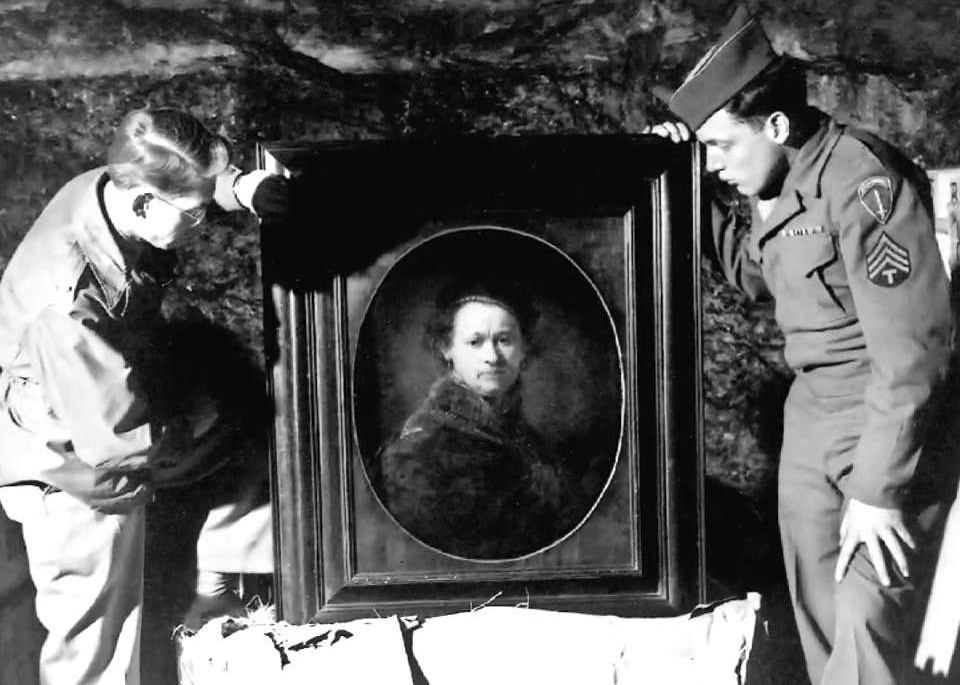
[Photo: National WWII Museum]
Stephen Watson, president and CEO of the National WWII Museum in Washington, saluted the foundation’s move.
“We’re proud of our partnership with the foundation to tell the stories of Monuments Women like Capt. Edith Standen, one of America’s outstanding art registrars who sorted through tens of thousands of stolen objects at the end of the war,” Watson said in the statement. “Her efforts and others will be celebrated in a new permanent gallery dedicated to Monuments Men and Women in the museum’s Liberation Pavilion, opening in 2023.”
“This name change has been a long-standing wish of mine,” said author Edsel, the founder and chairman of the foundation. “The upcoming opening of the Monuments Men and Women Gallery presented just the right opportunity.”
Restoring long-lost art to rightful owners

The foundation launched the WWII MOST WANTED ART deck of playing cards featuring art still missing since the end of World War II. The foundation announced a cash reward to encourage folks to join the hunt for the objects included. [Image: Monuments Men and Women Foundation]
In the last decade, the foundation has expanded its mission to completing the work of the WWII vets by reuniting rightful owners with their long-lost art works.
The foundation says it acts “on behalf of the art or cultural object in question, without favoritism, without an agenda.” To date, it has located and returned more than 30 objects, some of them priceless.
The foundation’s new logo above reflects that mission. Inspired by the 15th-century Ghent Altarpiece, the left-to-right design of the logo represents art still missing, art that’s been recovered, and art that has been returned to its rightful owners. The total number of panels, 14, reflects the number of nations where the art rescuers came from. The logo was designed by Grace Houdek, a recent graduate of Michigan State University.
The new name has now gone live on the foundation’s nonprofit website, and will be rolled out “gradually” on other platforms moving forward, the foundation said.
![]()
Get on the list.
Dallas Innovates, every day.
Sign up to keep your eye on what’s new and next in Dallas-Fort Worth, every day.

